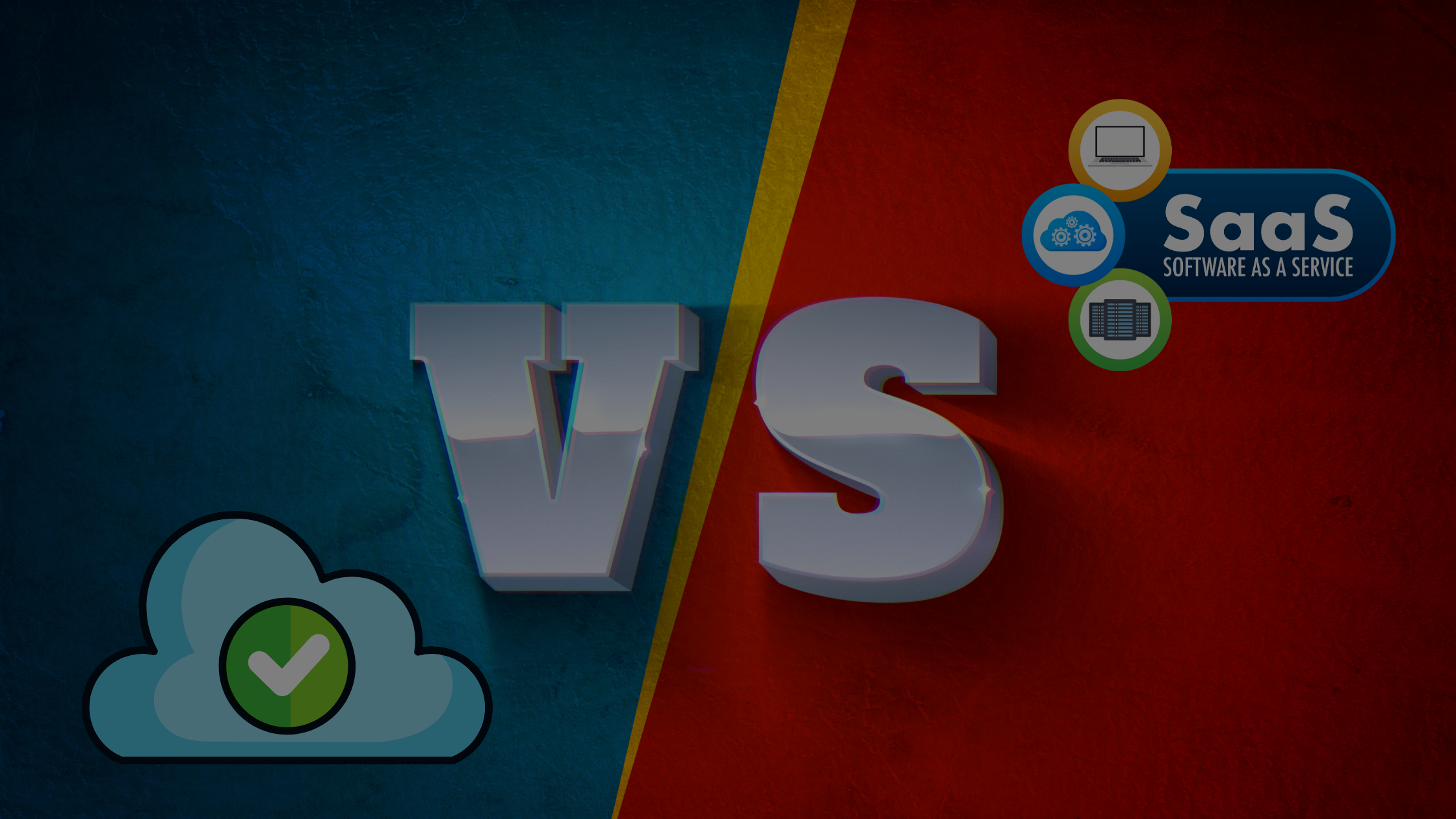In recent years, SaaS (Software as a Service) has been of growing interest in the Small – Medium Enterprise ERP (Enterprise Resource Planning) space. Most notable among small ERP solutions is the much-improved QBO (Quick Books Online). But even though more companies have (or are considering) deployed SaaS ERP, like most things, it is not a panacea.
SaaS ERP provides customers with a cloud application as well as the underlying IT infrastructure. It works best in homogeneous environments where user needs, and businesses processing are closer to being monolithic. The more you are like other companies and the more your users needs are similar, the better the fit.
Here are some useful benefits and things to consider with SaaS based ERPs.
Benefits of SaaS based ERP
-
Readily Available
One advantage is speed to deployment. If you “subscribe” and make monthly payments, you’ll get immediate access. This does not negate the normal implementation project for a new ERP. But it does simplify the IT installation. Also, if an upgrade to your SaaS solution is released there’s no need to contact your IT department or send out emails for people to come in. As soon as it’s available you can start using it.
-
Operating Expense
SaaS is typically delivered in a shared or multi-tenant environment, where hardware and software license costs are lower than in a traditional model. So it can save money and does not require a capital expenditure.
-
Login from Anywhere
Nowadays, employees are not often in offices, or perhaps they are mobile. SaaS ERP enables you and your employees to work from anywhere. Only a browser is needed. With your content and data not location dependent, SaaS ERP fits nicely in our new world.
Disadvantages of SaaS ERP
-
Internet Dependent
One obvious disadvantage of SaaS ERP is that you cannot access your program if your company restricts internet access or has any issues with internet connectivity. If you have outages, you will have no access to your ERP.
-
Restrictive Customization
Customizations are a reality with more sophisticated ERP’s, even in the SME space. Plain vanilla packages often don’t cut it. At best, nice features that will help are missing. At worst, vital functions cannot be accommodated (EDI, WMS). SaaS ERPs, which are best when uniform, are a challenge to this requirement. The better ERP companies have APIs which allow tight integration for a slew of business needs and specializations. While posing a challenge to SaaS ERPs, customization and third party integrations are handled routinely by on premise and hosted deployments.
-
Control
One additional issue that can arise with SaaS ERP is price increases. Contracts have expirations and there typically are no caveats that new subscriptions will increase modestly. Should this result in an evaluation of options, you’ll need to have a delicate conversation with the SaaS provider about getting your data. That’s important.
We have found that the hosting option often can see the same pluses of SaaS without the minuses. We recently have been putting clients on AWS (Amazon Web Services) for their SAP Business One deployments. So far, so good!
If you are interested in learning more about hosted SAP Business One, or ways to leverage technology to transform your business reach out to us at info@teamacuity.biz or get in touch.



